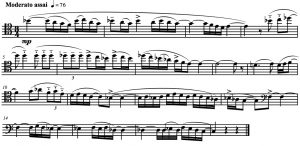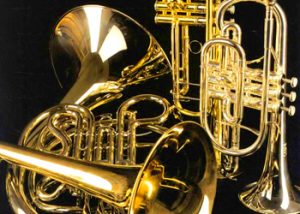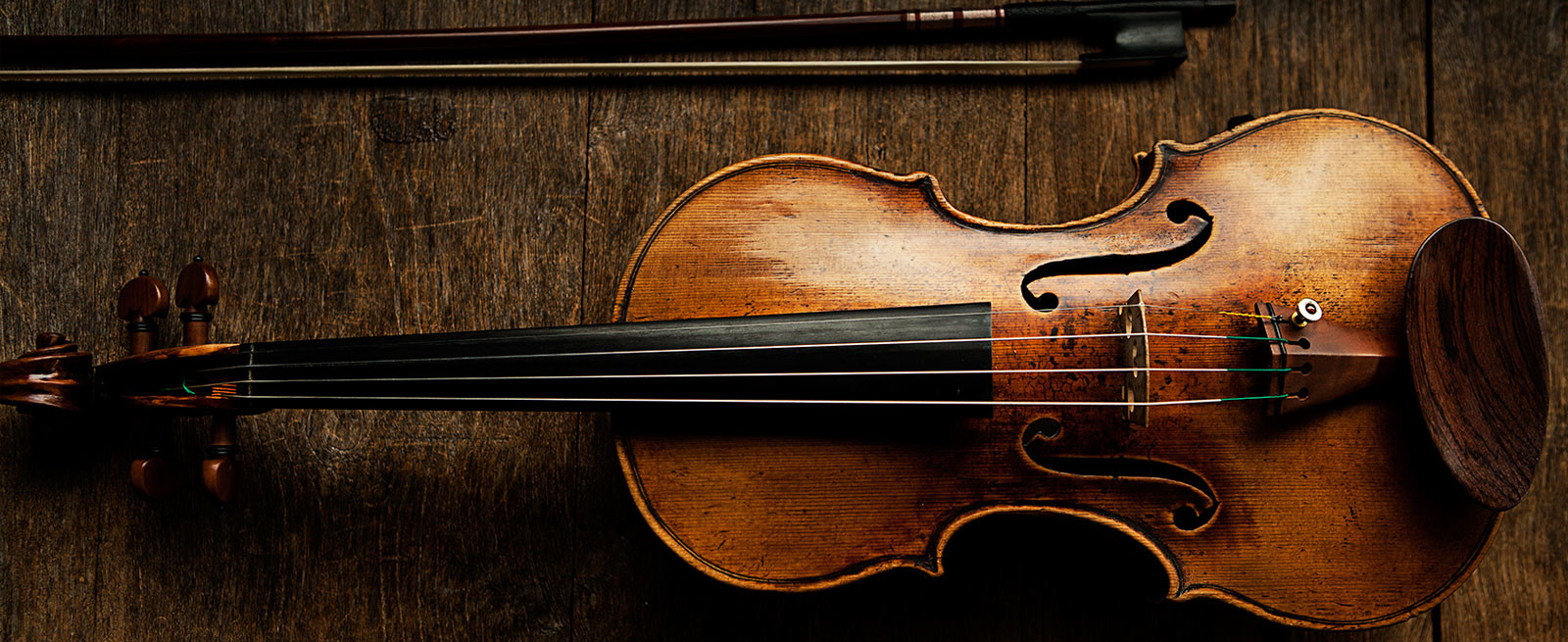I recently read Taming the Big Data Tidal Wave by Bill Franks of Teradata and in the book (which is going on my recommended reading list) he has a section about the ideal analyst. While I am admittedly very biased on this one, Mr. Franks makes a very good point that in many instances the best analysts have a musical or other creative ability in addition to math and computer science skills. In my experience, the best data scientists that I’ve worked with all have had some creative side to them–be it music, art or whatever. Thus, here is my case why play an instrument is perhaps some of the best preparation to think like an analyst.
Musicians are trained in ETL
This may seem out of place, but consider what happens when a musician receives a piece of music to play for the first time. Most musicians will read through the sheet music and either sing through it via solfege, or otherwise mentally convert the written notes on the page into a mental version of the music. Every musician has their own method, but basically, they’ll transform the notes on the page into a mental version of the music. In many ways, this closely parallels the Extract-Transform-Load (ETL) process that is the first step in any data analytic project. The data–in this case the sheet music–is not in a form that can be readily used and so it must be loaded modified and transformed into a usable form. Often, especially for orchestral musicians, you have to transpose parts, or convert them from one clef to another or some other steps to convert the sheet music into a playable part. After a while, you get really good at this to the point that it really becomes second nature. In any event, I see this same quality in top notch data scientists. They can look at data, make some mental transformations and really just know what kind of value they can get from that data. I’m not suggesting that they can foresee the results, but they can come up with the plan from seeing the data.
Music and data analysis is about recognizing patterns
A large part of playing any kind of music is understanding the fundamental structures inherent in most all western music and understanding where your individual part fits in the structure. A milestone in my playing occurred when I realized that almost all tonal music is made of two basic patterns: scales and arpeggios. Therefore, if you can identify these patterns in passages and can play them on your instrument, you can play almost anything quickly and easily. On top of that musicians also have to identify harmonic patterns, rhythmic patterns, and melodic patterns in order to understand the music and ultimately perform it well. So too for data analysts. Data scientists so too must be able to identify patterns in data that can be used to extrapolate future conclusions. I find that the pattern recognition ability has helped me a lot when it comes to writing regular expressions. I’m often able to formulate them very rapidly in my mind and then just use a tool like regexpal to test them.
Playing in an ensemble is about understanding relationships
Playing in a group, particularly a small group, is also a very analytic activity. Allow me to explain from the perspective of a trombonist playing in a brass quintet. Let’s say that in your part, you have a long note that is a D. Unlike a piano where you just press down the correct key, on a wind instrument, you have to use the correct amount of air, lip tension etc in order to just produce the correct sound. On top of that, there are several different fingering possibilities for nearly every note on a wind instrument, each with advantages and disadvantages, and so a good player will make full use of these. However, getting back to our D, on a trombone, one could just pick the default fingering (or slide position) and play the note, but depending on the function of the note in the harmony, the note might not sound in tune. (Whoa!) For example, if the D is part of a B-flat major chord (Bb-D-F) then in order for the note to sound in tune, the player must adjust the pitch of the note lower, and play it slightly softer than the other notes. However, if the D is the root of a D-minor chord (D-F-A) then the player must play it perfectly in tune. But wait there’s more. On wind instruments, nearly every note is requires some tuning adjustment on top of that. On the trombone, the D above the staff is slightly flat in the default 1st position and therefore if you are playing a note which needs no adjustment, you still have to bend the pitch accordingly. But wait, there’s still more… In an ensemble, a musician must be acutely aware of who is playing what as most likely someone else will have the same pitch, so you have to both listen to your own part, and blend with others. Oh, and all this has to happen in a fraction of a second.
What does this have to do with analysis? Musicians have to understand how pieces of things can fit together in harmony to create an end product. I’ve found that some of the most valuable analysis I’ve done was the result of merging disparate datasets, however in order to do that, you have to understand the relationships between those datasets.
Playing music is all about anticipating what’s coming next
Sight reading is the art of playing a piece of music which you’ve never seen before. Site reading well is probably one of the most difficult things that a musician has to master. I had a teacher once tell me that the trick with site reading is that your mind and eyes have to constantly be ahead of what you are playing. The more difficult, the farther ahead you should be. Essentially, you start to get good at predicting what the composer is going to do and anticipate it. If you are playing a wind instrument, anticipating is especially important because you have to plan out your breathing so that the music sounds good and you have enough air to get through difficult passages. If you are conducting an ensemble, even more so. A good conductor needs to have a mental sound of what the orchestra is about to play and then translate that into actions which will guide the orchestra to the desired result.
In the analytics world, this same skill maps very well to predicting your clients’ needs. In my experience, most clients, especially senior managers, aren’t intimately familiar with their data, and as such, really can’t tell you exactly what they want. By thoroughly understanding the business needs, a good analyst can anticipate his clients’ needs and deliver valuable analysis before their client has even thought about it.
I’m sure there are more parallels, but my hope here is to make the case that candidates with some sort of creative ability can use these skills in an analytic role very effectively. While I wouldn’t go so far as make it a requirement on a job description, but candidates with a creative background definitely rank a little higher on my list.
